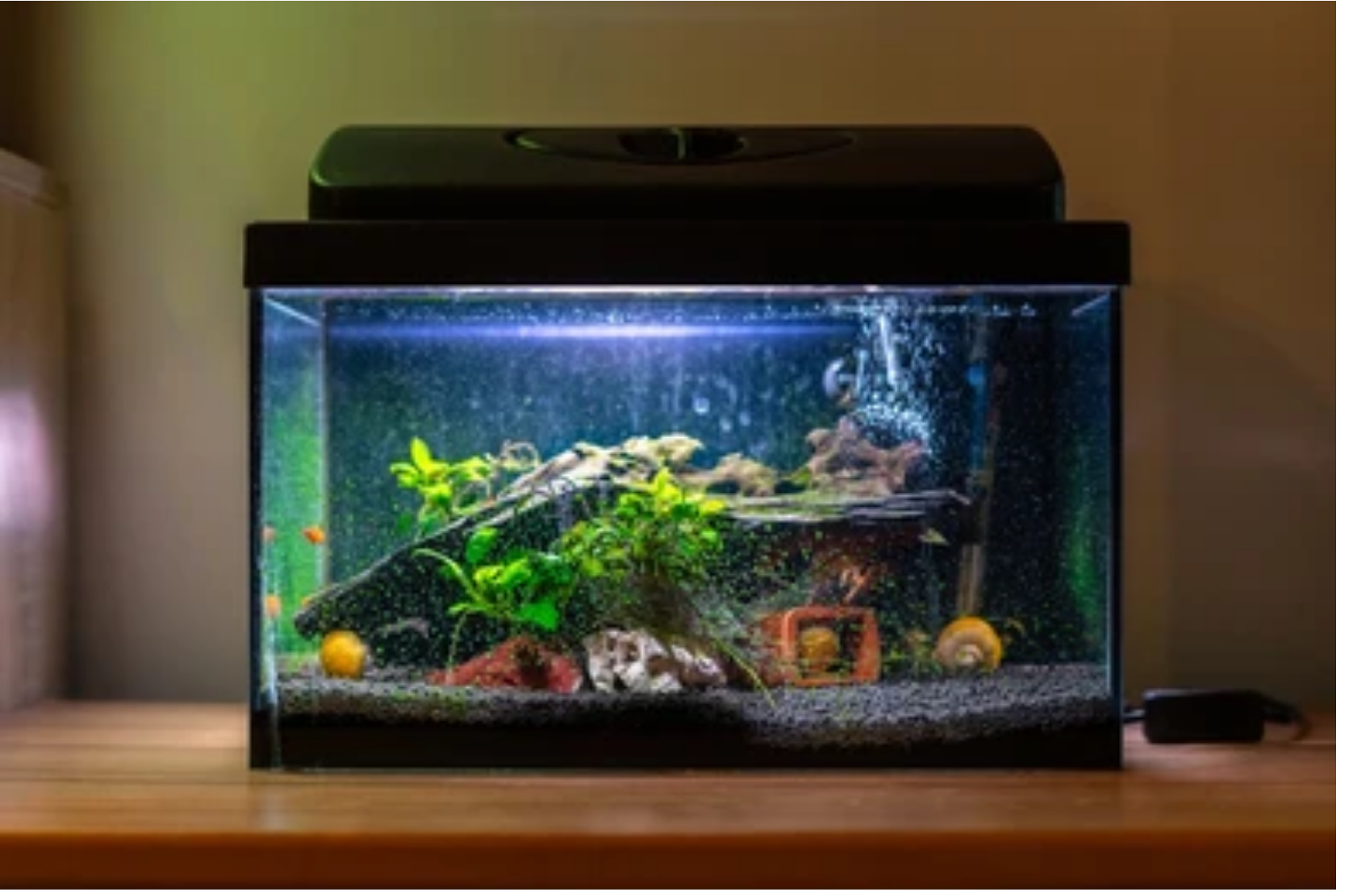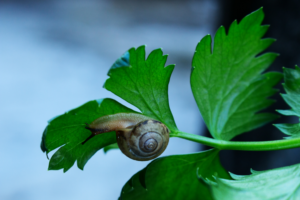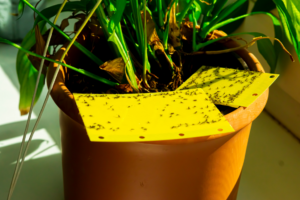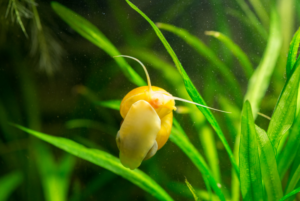Snails play a crucial role in maintaining a healthy aquatic ecosystem. They are nature’s miniature cleaning crew, diligently munching on algae and decaying matter, keeping the tank sparkling clean. But have you ever wondered how many snails can comfortably inhabit a 55-gallon tank?
In a 55-gallon (208-liter) freshwater tank, it is recommended to have approximately 22 snails, following the guideline of 2 gallons per snail or 5 gallons per 2 snails. However, consider the specific size of the snail species, as some can grow up to 5 inches while others remain around 1.5 inches.
The rest of this article delves into considerations such as snail size, breeding behavior, and tank setup, offering guidance to beginners and those facing challenges in maintaining their snail tanks.
What Do Aquarists Say?
Before we embark on this journey, I invite you to read an article I have written titled “How Many Snails Per Gallon?” These two articles share a common theme but delve into different aspects of snails and tank sizes.
Aquarists widely agree that freshwater snails, regardless of the species, require a minimum of a 2.5-gallon (9.5-liter) tank to enhance their well-being. Many aquarists have adopted this established guideline as a standard rule for determining the appropriate snail population in a freshwater tank.
As a result, a 5-gallon (20-liter) tank would accommodate 2 snails, a 10-gallon (38-liter) tank would house 4 snails, and a 15-gallon (57-liter) tank would be suitable for 6 snails.
The following guide will assist you in determining the optimal number of freshwater snails to introduce into small, medium, and large-sized tanks.
| Tank Size (Gallons) | Tank Size (Liters) | Recommended Number of Snails |
| Small-Sized Tanks | ||
| 2 Gallons | 8 Liters | 0 |
| 2.5 Gallons | 10 Liters | 1 |
| 5 Gallons | 19 Liters | 2 |
| 7 Gallons | 27 Liters | 2 |
| 8 Gallons | 30 Liters | 3 |
| Mid-Sized Tanks | ||
| 10 Gallons | 38 Liters | 4 |
| 15 Gallons | 57 Liters | 6 |
| 20 Gallons | 76 Liters | 8 |
| 30 Gallons | 114 Liters | 12 |
| Large-Sized Tanks | ||
| 40 Gallons | 151 Liters | 16 |
| 50 Gallons | 189 Liters | 20 |
| 55 Gallons | 208 Liters | 22 |
| 60 Gallons | 227 Liters | 24 |
| 70 Gallons | 265 Liters | 28 |
Does Snail Size Really Matter?
While snail size may not be a determining factor, it is certainly worth considering.
Freshwater snails exhibit significant variations in size, with some species reaching up to 5 inches (13 cm) in adulthood. In comparison, others barely exceed 2.5 inches (6 cm).
This disparity in size has notable impacts on the bioload, as larger snails possess a higher metabolism and contribute a greater bio load to the tank.
Conversely, smaller snails have a lower bioload. Therefore, it is logical to consider size when determining the appropriate number of snails to introduce into a tank.
Among the smaller varieties of freshwater snails are:
- Ramshorn snails
- Japanese trapdoor snails
- Nerite snails
- Malaysian trumpet snails
- Assassin snails
- Bladder snails
- Mystery snails
These species typically attain an average shell diameter of 1.5 inches (4 cm) and a body length of 3 inches (8 cm). For these small-sized snails, it is advisable to follow the rule of 1 snail per 2.5 gallons (10 liters) or 2 snails per 5 gallons (19 liters).
On the other hand, certain freshwater snail species fall into the large-sized category, such as:
These snails can grow to an average shell width of 5 inches (13 cm) and a body length of 7 inches (18 cm).
In the case of larger snails, particularly adult individuals, I recommend adhering to the rule of 1 snail per 3 gallons (11.4 liters), considering the additional water volume necessary to accommodate their higher bioload.
What About Tank Setup?
Tank setup is another important factor when determining the suitable number of snails for your tank. Various components take up space within the tank.
These include:
- Filters
- Lighting systems
- Protein skimmers
- Heaters
- Decorations
In mid-sized and large-sized tanks, where multiple heaters or larger filtration systems are necessary, the available water volume is significantly reduced.
To optimize space, consider opting for external filters like the AMOSIJOY 265GPH 3-Stage Canister Filter, which operates outside the tank and offers a compact design. This quiet and high-flow filter, with a rate of 265 gallons (969 liters) per hour, is easy to operate.
| Preview | Product | |
|---|---|---|

|
AMOSIJOY 265GPH 3-Stage Canister Filter, Ultra-Quiet External Aquarium Filter with Free Media for… | Check Price |
When using internal filters or larger heating systems, it is advisable to reduce the number of mystery snails in the tank accordingly. Decorations and substrates, including fine sand, gravel, and driftwood, also occupy space within the tank.
If your tank is heavily decorated and feels cramped, it is recommended to decrease the number of mystery snails. A maximum of 15 snails would suit a densely decorated tank.
Aquarium plants, when healthy, do not pose a problem as they have minimal impact on water parameters. In fact, they contribute to increased oxygen levels in the water, benefiting the overall tank environment.
What About Snail Breeding?
Freshwater snails comprise a diverse group of species. Some lay eggs, such as:
- Ivory snails
- Ramshorn snails
- Assassin snails
- Bladder snails
- Mystery snails
These egg-laying snails reproduce at a rapid pace. Without population control measures, you may encounter an overwhelming snail population within a few months.
For these species, I recommend keeping a group of no more than 10 snails in a 55-gallon (208-liter) tank. After the first reproductive cycle, it is crucial to separate males and females to prevent further breeding.
On the other hand, the following snails give birth to live young ones and have slower reproduction rates:
- Rabbit snails
- Malaysian trumpet snails
- White wizard snails
With this group of snails, you can comfortably adhere to the rule of 1 snail per 2.5 gallons (10 liters), taking size into consideration. Therefore, a 55-gallon (208-liter) tank can accommodate up to 22 mystery snails.
However, after the initial reproductive cycle, it is essential to implement population control measures to avoid overpopulation.
And Why Is Overpopulation Bad?
Overpopulation is a critical issue to avoid. Mystery snails have hearty appetites, resulting in increased waste production within the tank. This waste releases toxic ammonia, which can harm the snails.
An overpopulated tank creates a toxic environment that is detrimental to the long-term well-being of the snails. Additionally, overpopulation leads to unnecessary competition for food among tank mates, potentially triggering aggression and raising stress levels for the snails.
Closing Remarks
The rule of 1 snail per 2.5 gallons (10 liters) is a common guideline among aquarists when determining the appropriate number of freshwater snails for a tank.
According to this rule, a 55-gallon tank (208 liters) should ideally accommodate a maximum of 22 snails. However, it is crucial to consider factors such as snail size, reproduction behavior, and tank setup to make an informed decision about the snail population.
Overpopulation poses significant risks, as it exposes snails to toxicity and increased stress levels, ultimately compromising their growth and survival rates.



